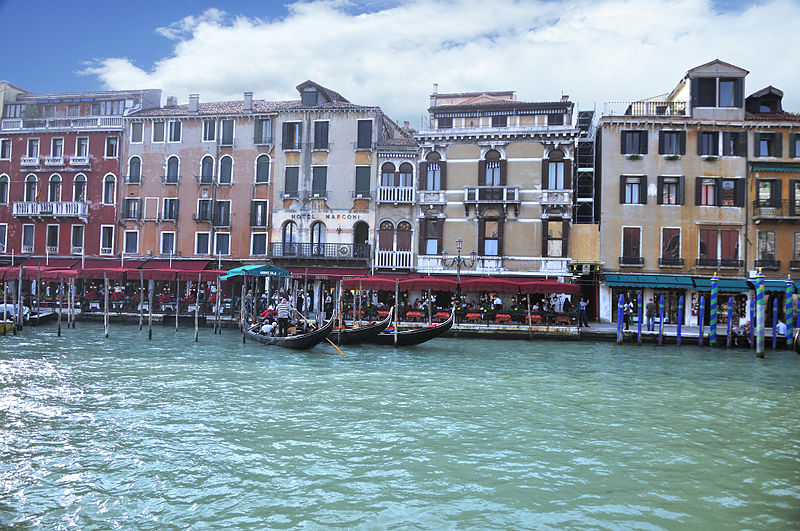
Italy is experiencing a significant loss of water due to leaky aqueducts, which is making the country more vulnerable to droughts, according to the national statistics bureau ISTAT. This problem
was initially highlighted by scientists and environmental groups earlier this year after a sharp drop in snowfall on the Alps and unusually low tides in Venice's canals. In a report published ahead of World Water Day, ISTAT revealed that in 2020, Italy's aqueducts lost 42.2% of the water they carried, which is the highest proportion on record. This is despite repeated pledges by governments of all stripes to resolve the issue, and in 2008, water leakage was 10 percentage points lower.
According to ISTAT researcher Simona Ramberti, "A town in four has water losses above 55%, and in five areas out of seven, the leaks are increasing." The report shows that Italy is wasting more and more of its water, making the country more vulnerable to droughts. With climate change leading to an increase in droughts, Italy can no longer afford to waste the water it has.
To tackle this problem, Prime Minister Giorgia Meloni announced that she is working with regional and city authorities on a "national water plan" to improve infrastructure with new technologies and raise public awareness of the need to save water. She also announced that an "extraordinary commissioner" would be named to oversee the plan and push through infrastructure improvements.
Last week, Environment Minister Gilberto Pichetto Fratin said in an interview that the government was readying a €7.8 billion package to face the water crisis. With droughts increasing due to climate change, the government needs to take concrete steps to address the issue.
According to ISTAT's report, last year, 15 large towns and cities were forced to adopt water rationing, compared with 11 in 2020. "Rationing used to be limited to the south, but in 2021 it arrived in the north too," said Ramberti, adding that this was "a sign of major vulnerability" in the years to come.
Mayors in northern regions have already turned off taps as the country suffers one of its driest winters in 65 years. Italy draws more water for drinking from its rivers, lakes, and reservoirs than any other European Union country, with 30% of this coming from the River Po, which runs for more than 650 kilometers across northern Italy, feeding the fertile Po Valley. In February last year, the Po had 61% less water than was normal for the time of year, according to environmentalist group Legambiente, after the area suffered its worst drought in 70 years.
In conclusion, Italy's water crisis is getting worse due to leaky aqueducts, making the country more vulnerable to droughts. The government needs to take concrete steps to address the issue, including improving infrastructure, raising public awareness, and investing in new technologies. With droughts increasing due to climate change, wasting water is no longer an option. The government needs to act now before it's too late. Photo by gnuckx, Wikimedia commons.







































